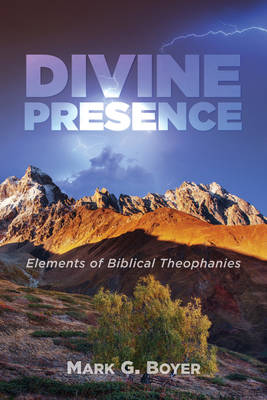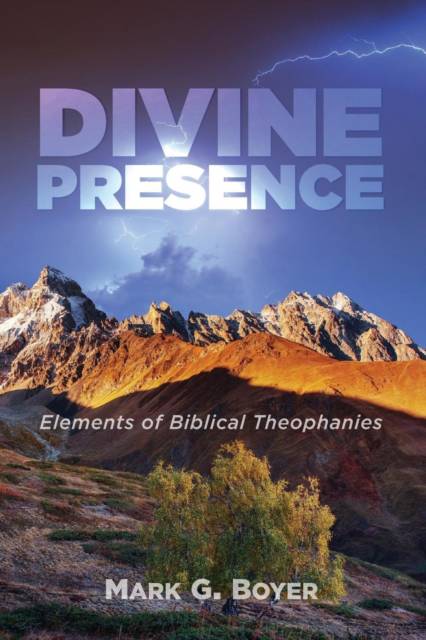
Je cadeautjes zeker op tijd in huis hebben voor de feestdagen? Kom langs in onze winkels en vind het perfecte geschenk!
- Afhalen na 1 uur in een winkel met voorraad
- Gratis thuislevering in België vanaf € 30
- Ruim aanbod met 7 miljoen producten
Je cadeautjes zeker op tijd in huis hebben voor de feestdagen? Kom langs in onze winkels en vind het perfecte geschenk!
- Afhalen na 1 uur in een winkel met voorraad
- Gratis thuislevering in België vanaf € 30
- Ruim aanbod met 7 miljoen producten
Zoeken
€ 37,45
+ 74 punten
Uitvoering
Omschrijving
"The glory of the LORD," a phrase used over one hundred times in the Bible, describes God's greatness and transcendence. This complex theological concept exhibits several natural elements which describe a theophany, a personification of God in the forces of nature. Thus, a theophany--the appearance of God in a visible form--is the physical manifestation of the divine presence most frequently associated with a storm. Of all the biblical accounts that illustrate the glory of the LORD, the narrative of Moses' encounter with God on Mount Sinai (Horeb) contains nineteen of the twenty-one elements that reveal the glory of the LORD: mountains, sacred numbers, God's voice, people's (person's) response, cloud, water, thunder, lightning, trumpet blast, smoke, fire, earthquake, terms of the event (covenant), sign, transformation of witnesses, altar, feast (meal), wind, light and darkness, jewels (precious stones), and dreams. Each element is examined closely using biblical texts that best illustrate it.
Specificaties
Betrokkenen
- Auteur(s):
- Uitgeverij:
Inhoud
- Aantal bladzijden:
- 190
- Taal:
- Engels
Eigenschappen
- Productcode (EAN):
- 9781532617515
- Verschijningsdatum:
- 6/04/2017
- Uitvoering:
- Paperback
- Formaat:
- Trade paperback (VS)
- Afmetingen:
- 152 mm x 226 mm
- Gewicht:
- 258 g

Alleen bij Standaard Boekhandel
+ 74 punten op je klantenkaart van Standaard Boekhandel
Beoordelingen
We publiceren alleen reviews die voldoen aan de voorwaarden voor reviews. Bekijk onze voorwaarden voor reviews.









